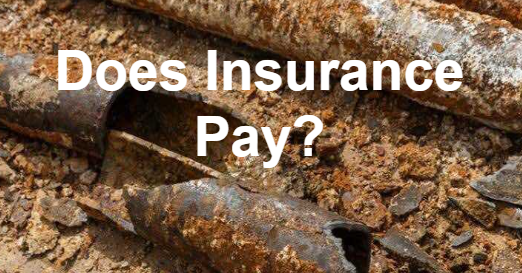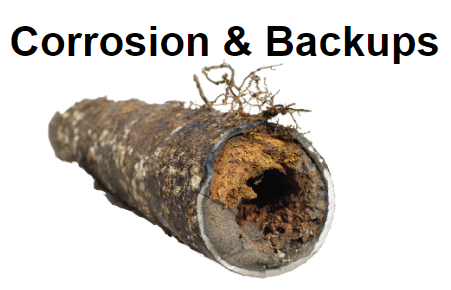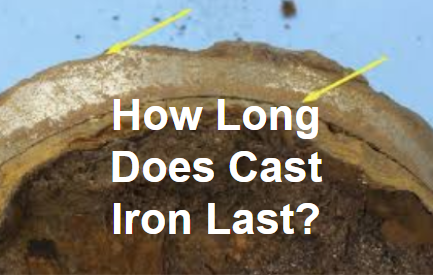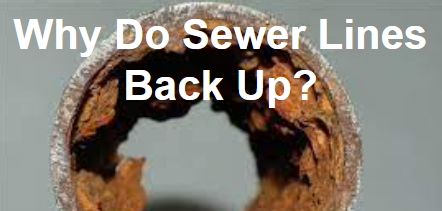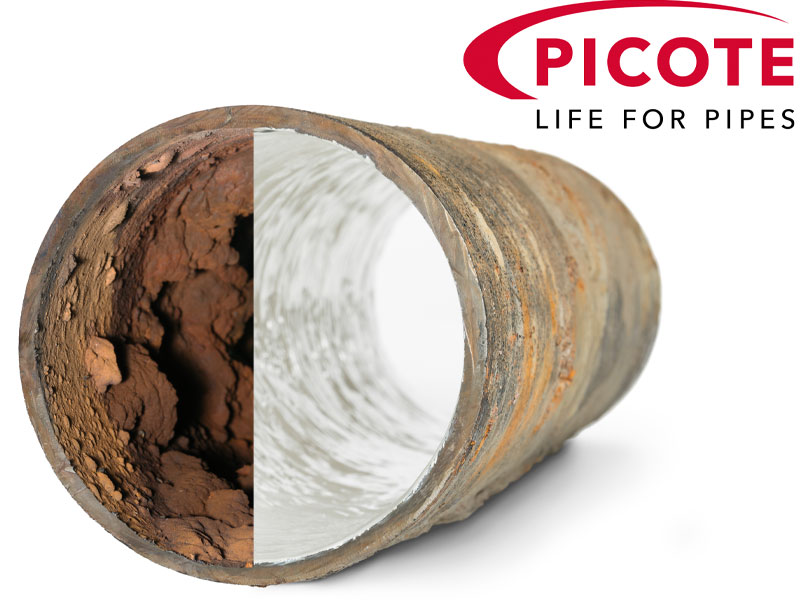Can I fix a drain under the floor without digging through the slab, or under the house?
Dealing with drain issues located under the floor can be a daunting prospect, as it often involves invasive and time-consuming excavation. However, advancements in plumbing technology have introduced a more efficient and less disruptive solution: trenchless pipe lining. What are the drawbacks of excavation for drain repair and replacement under the floor, and can you use trenchless pipe lining instead?
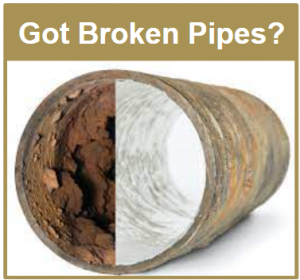

The Pitfalls of Excavation for Drain Repair:
- Mess and Disruption: Excavating under the floor is a messy and disruptive process. It involves extensive digging, which generates dust, debris, and soil that can affect the cleanliness and air quality of your living space. The resulting mess requires additional cleaning efforts and can cause inconvenience and discomfort.
- Time-Consuming: Excavation for drain repair is a time-intensive procedure. It involves significant labor, permits, and inspections, all of which contribute to prolonged project timelines. During this time, you may experience disruptions to your daily routines and limited access to essential facilities like kitchens and bathrooms. A typical 2,000 house will take 6-8 weeks to replace the pipes physically.
- Costly Restoration: Excavation not only requires the removal of flooring materials, but it can also damage other elements of your home. Kitchen and bathroom cabinets, tiles, terrazzo, and other flooring materials may need to be replaced or repaired, leading to additional expenses for restoration and renovation. A typical 2,000 house will cost $50,000-$70,000 at the end of the day!
- Permitting and Inspections: Excavation work often requires obtaining permits and scheduling inspections from local cities. This bureaucratic process can add complexity and delay the repair timeline, further prolonging the inconvenience caused by the drain issue. The inspector will want to see that:
- the correct schedule 40 PVC was used
- that purple pipe cleaner was used before gluing the PVC parts together
- that the PVC is properly supported before backfilling the holes
- that the pipes have the correct pitch for proper flow
- and that a hydro-static test (filling all the PVC with water) reveals no leaks in the system
- Structural Integrity Concerns: Excavation carries the risk of damaging the structural integrity of your home’s foundation. The process of digging and backfilling can potentially cause shifts or instability, leading to long-term issues that may require additional repairs.
A Better Option: Trenchless Epoxy Pipe Lining

The Advantages of Trenchless Pipe Lining:
Trenchless pipe lining offers a superior alternative to excavation when it comes to repairing drains located under the floor. Here are the benefits of this innovative solution:
- Non-Invasive: Trenchless pipe lining eliminates the need for extensive excavation. It involves inserting a flexible and durable epoxy resin liner into the existing pipe, which creates a new pipe within the old one. This process requires only small access points, minimizing disruption to your home’s structure and finishes.
- Time-Efficient: Compared to excavation, trenchless pipe lining significantly reduces the repair timeline. The entire process can often be completed within a day, allowing you to regain the use of your facilities promptly. This minimizes inconvenience and disruption to your daily life.
- Cost-Effective: Trenchless pipe lining offers cost savings in multiple ways. The reduction in labor and materials required for excavation translates into lower overall project costs. Additionally, the minimal need for restoration and renovation eliminates expenses related to replacing cabinets, flooring, and other finishes.
- Long-Lasting Solution: The epoxy resin liner used in trenchless pipe lining forms a seamless and durable new pipe within the existing one. This new pipe is resistant to common issues like corrosion, leaks, and root intrusion. It provides a long-lasting solution that reduces the likelihood of future drain problems.
- Preserves Aesthetics: Trenchless pipe lining allows you to retain the original aesthetics of your home’s interior. With no excavation or extensive demolition required, there is no need to replace flooring materials, tiles, terrazzo, or cabinets. This preserves the visual appeal and value of your living space.
So How Is Trenchless Pipe Lining Installed?
There are 5 steps:
- Remove the rust and scale from the pipe walls
- Flush the debris out of the pipe
- Video inspect the pipes
- Install the pipe lining
- Make a video recording of the new pipe




